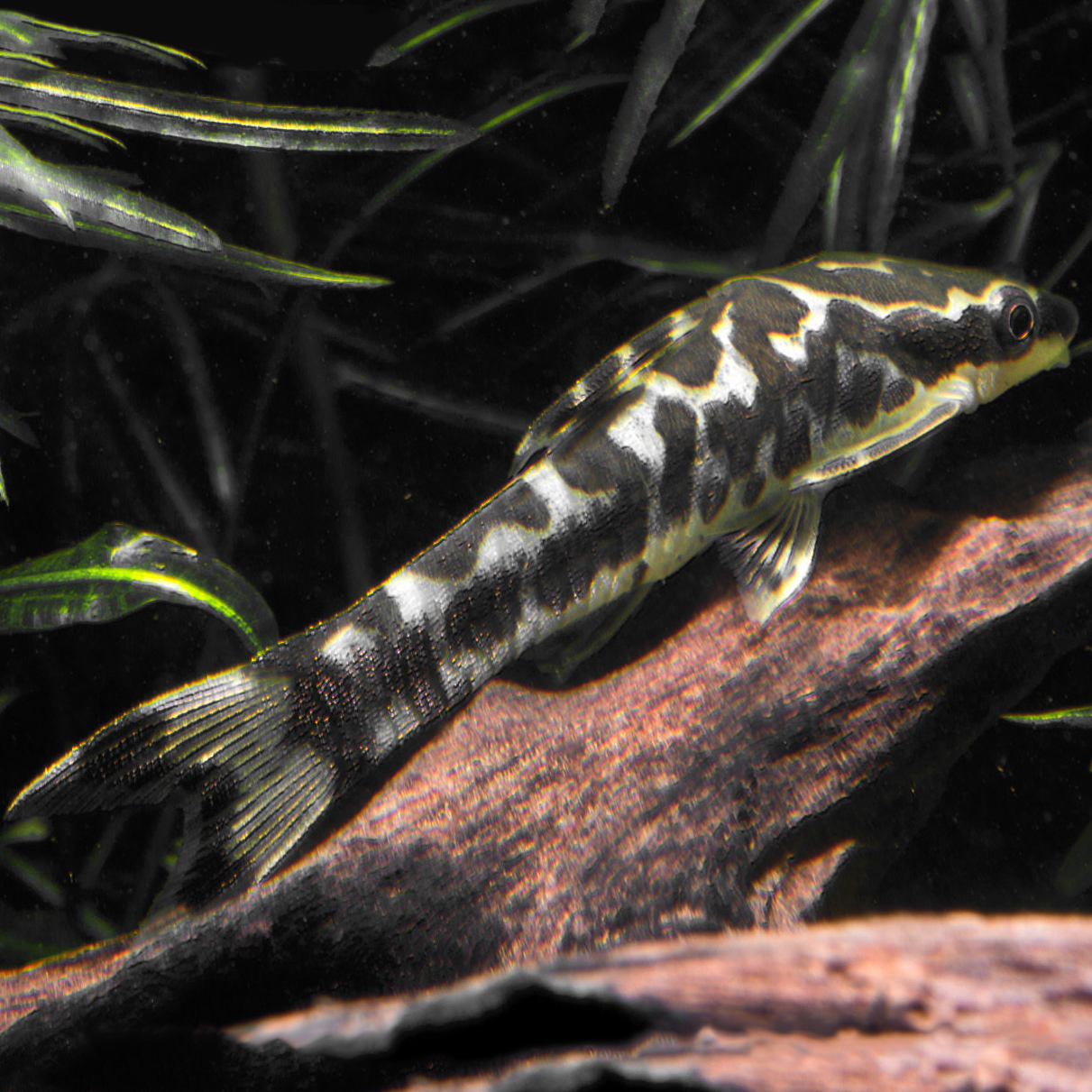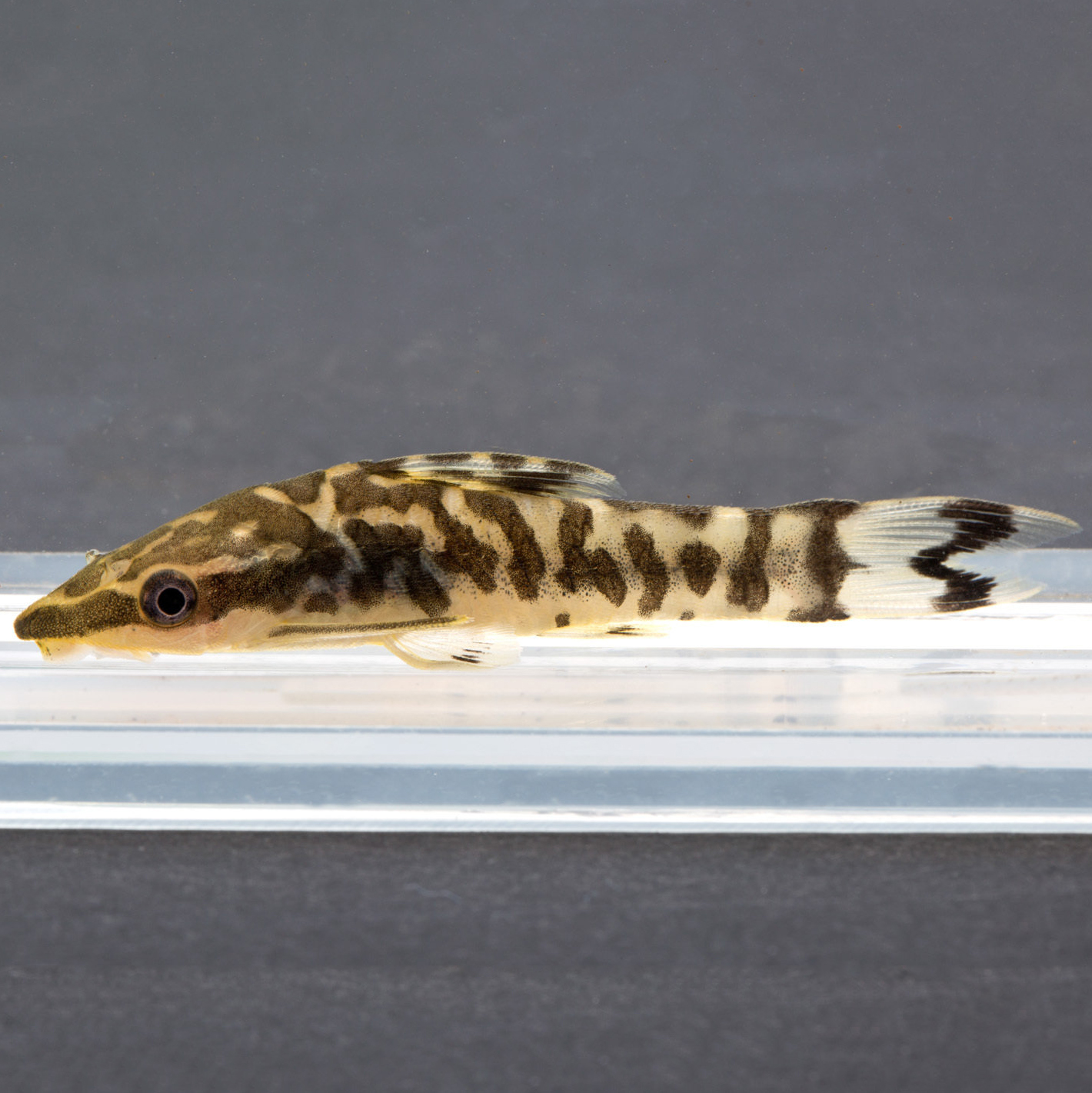Add to wishlist
Add to wishlist
Zebra Oto
Otocinclus cocama
The Zebra Otocinclus is a pretty and quite small sucking catfish that loves to eat algae.
- up to 5cm large sucking catfish species
- pretty spot pattern
- algae eater
1 in stock
 Delivery in a few working days
Delivery in a few working days
 Free shipping from €60 across Austria
Free shipping from €60 across Austria





Important data
Origin
South America
They are
wild caught
Difficulty
medium
Size
up to 5cm
Shipping size
approx. 2.5-3.5cm
Lifespan
about 5 years
Quantity
from 5 individuals
Diet
limnivorous
Tank area
bottom
Tank size
from 80 liters
Temperature
22-27°C
pH value
5.5-7.0
Water hardness
2-15°dGH
Product description & details
The Zebra Oto (or Tiger Oto), Otocinclus cocama, is a freshwater fish native to Peru (South America) that belongs to the family of suckermouth catfish. It is an enjoyable algae eater that lives in loose associations with numerous conspecifics.
Care in the aquarium
In the aquarium, this catfish feels most comfortable in the company of other fish of its own kind. An aquarium volume of at least 80 liters and a group size of 5 animals or more are therefore part of its minimum requirements. The water should have a good flow, be rich in oxygen and have a temperature between 22 and 27°C. Other peaceful fish such as tetras are suitable for socialization. The surface should be fine. Sand or non-sharp gravel would be a good option for this. Larger stones, planted roots as well as caves or tubes provide hiding places and give the catfish a feeling of security.
In order to provide the more sensitive fish with a sufficient source of nutrition and to ensure the best start, Otocinclus cocama should only be used after it has been in the aquarium for around 3 to 6 months. Only after this time has sufficient growth in the form of algae and biofilm formed for grazing.
Feeding
As with all representatives of the genus Otocinclus, the food base of the Zebra Oto is formed by algae growth and biofilm. This need should definitely be taken into account so that the catfish stays healthy. Algae powder such as spirulina or chlorella as well as suitable tablet or granulate food and live or frozen food can also be offered.
Sexual characteristics and breeding
Differentiation between the sexes is relatively difficult in Otocinclus cocama. Females are usually slightly larger and fuller than their male counterparts. Breeding in an aquarium is difficult and rarely successful. The eggs are laid by the female between stones and roots and fertilized there by the male. After about 3-4 days the young fish hatch, which after a few more days swim freely and feed on biofilm.






